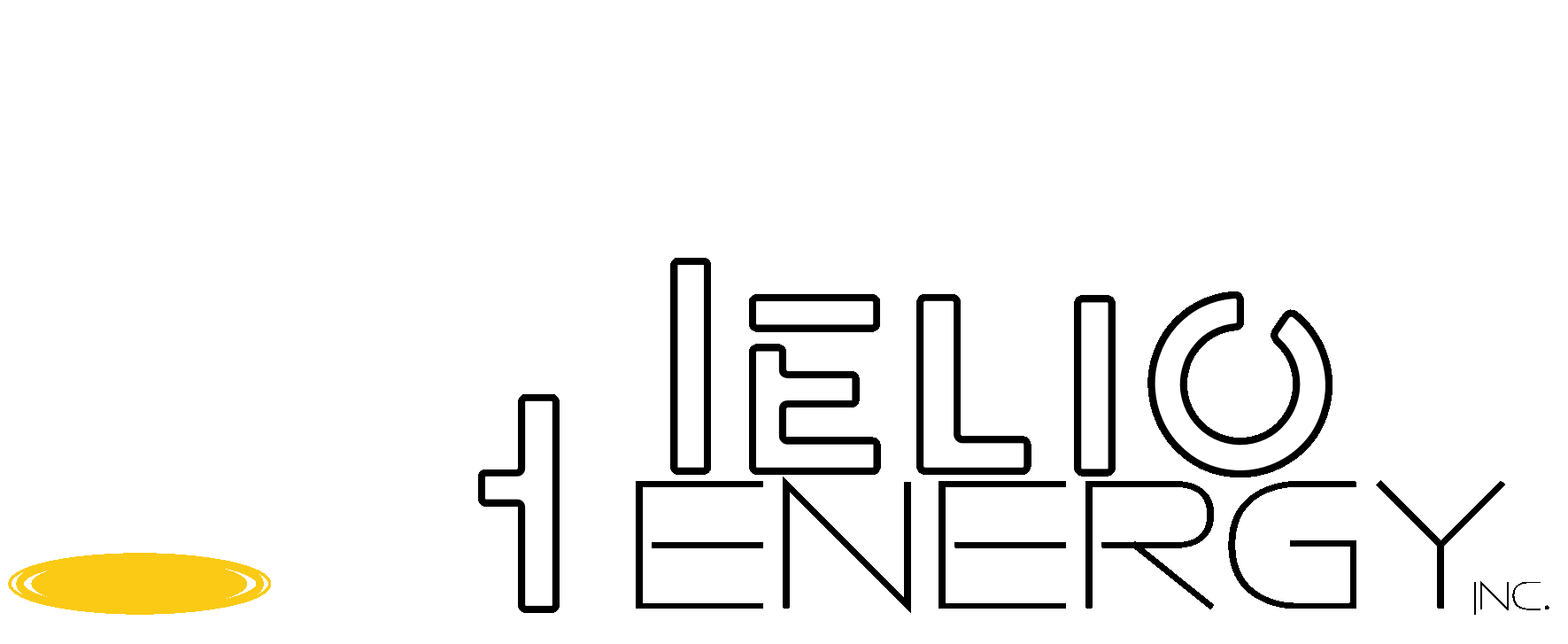Before reading all of the following frequently asked questions, the golden question that should be addressed first is:
Is solar worth it and will it save me money?
Absolutely! States like Massachusetts and New York are some of the most green-minded states in the U.S., and because of this they offer the most aggressive incentives to encourage homeowners and business owners to go solar. In most cases, solar will offset your entire electricity bill with net metering effectively eliminating your electricity bill, if not all of your electricity bill. Simply put, the financing you have for your solar is less expensive than what you pay for your utility bill. Then throw in all the incentives on top of everything and you could be saving over 50% of what you were paying for your electricity bill.
For residential, Helio Energy has a number of options that we can provide that are the best and most competitive for financing residential solar loans.
Our customers have obtained commercial solar loans through local banks that we work with closely to taylor the right loan for the solar project needs. These loans are specialty loans geared towards solar as we have formed working relationships with these banks to provide the best commercial solar financing.
- The 30% Federal Investment Tax Credit (ITC) is available for solar systems placed in service by 12/31/19. The credit amount is uncapped and equal to 30% of total system cost. This applies to both businesses and residential owners.
- The Massachusetts S.M.A.R.T. incentive is arguably the best state incentive in the nation which will pay you a monthly check for 10 or 20 years based on how much you produce. The average monthly incentive for residential homeowners will be around $110 for 10 years.
- For businesses: Accelerated Depreciation, known as Modified Accelerated Cost Recovery System (MACRS), is a method of depreciation in which a business’s investments in solar property can be recovered through tax deductions. Under the 2018 tax plan, MACRS benefits can be taken all in the 1st year.
- For eligible rural businesses, USDA offers a 25% grant for solar systems.
- Look at your most recent electricity bill to determine your annual use (one bill will show your last 12 months usage history).
- Consider what site might be the best location. Solar performs best on south-facing roofs. East/west roofs with low pitch are also suitable. There should be little or no shading from trees, chimneys, and dormers. If the roof is not suitable, we can install panels. on another structure or on the ground. We have shade analyzing tools that help determine the best location for solar panels.
- Contact us to request a free preliminary estimate and see a sketch of the project on your property.
If you would like to have solar power during a grid outage, you will need battery storage. Without battery storage, a grid-tied solar system must shut down until utility power returns so that it doesn’t back-feed the grid. When grid power goes out, the inverter will automatically shut off. When the grid power is re-established, the inverter will automatically turn back on after it has synchronized with the utility grid. We will happily discuss battery options with you.
Yes! But it will be less productive. Production is proportionate to the thickness of cloud cover.
Unlike other companies, all of our systems we install comes with online monitoring free of charge where you can access production in real time or look at historical production.
For a typical residential system, it takes about 1-2 days to install the PV panels and equipment. Then, the system must pass a final town electrical inspection which normally takes one business day to schedule and pass. It can take another 7-10 business days for the utility to install the separate solar meter. The local utility and Helio Energy will turn on the system once the utility company has installed the solar meter.
Prior to installation, a homeowner should also expect typical permitting turnaround times.
The solar panels we install have a product warranty for 10 years and a limited power performance warranty for 25 years. The limited power performance warranty means that by the end of year 25, the panels’ actual power output will be no less than 80% of the labeled power output. Most of the inverters we install are warrantied for 12 years. Some brands offer an extended warranty.
The panels are supported by high quality stainless steel and aluminum racking systems designed and mounted based on American Society of Civil Engineer (ASCE) wind load provisions. All solar panels are tested to UL-1703 standards and are capable of withstanding one inch (2.5cm) hailstones at 50MPH. They are covered with tempered glass, akin to a car windshield. Additionally, the panels can be covered by homeowners insurance.
You want your roof to be in the best condition possible because the average working life span of a solar system is around 25 to 30 years. Thus, we don’t recommend installation on composition shingle roofs over 15-years-old. However, we can finance a new roof to be installed with your solar financing and you will still save more money on a monthly basis rather than paying your utility electric bill.
Yes! A solar system reduces electric bills which can make it a valuable asset to any homeowner. According to a 2015 Berkeley Lab report, solar adds at least $15,000 to the value of a home. The report shows an average selling price increase of $3.75/watt ($18,750 for 4kW system). Click here to view the report summary.
Let’s review three types of solar systems: grid-tied, battery backup and off-grid. Which is for you?
GRID-TIED
This is by far the most common, requires the least maintenance, and is the least expensive. It also receives the TVA Green Power Providers solar buyback rate for 100% of the solar generation. However, grid-tied systems are required to disconnect from the grid in the event of a power outage. This means you won’t have power either.
BATTERY BACKUP
Batteries provide backup power in grid outages. Solar plus battery systems are more expensive than grid tied solar systems because of the batteries, other equipment and additional wiring. Backup systems are of 2 basic types: AC Coupled and DC Coupled. This refers to the coupling between the solar PV and the batteries, whether they connect to the system on the AC side or the DC side. Based on your power needs, site considerations and budget, we will help determine the best option, whether DC or AC coupled.
OFF-GRID
Off-grid homes have no connection to the grid at all. This requires a lifestyle that most people in the U.S. aren’t used to, living without unlimited power on tap 24/7. Still, thousands of people live this way because they make the right choices for it to be a viable lifestyle. The biggest factor might be deciding if you want to understand and manage electrical energy every day, which is vital to owning a successful off-grid solar system.
The solar power is stored in batteries and inverted with a special inverter that can also charge the batteries. Because more power is needed around the winter solstice, in December of each year, and this is also the period with the shortest days, most people use a generator during this period to assist the solar generation. With shorter, colder and wetter days, people are inside more and using kitchen appliances, lighting, fans moving heat around, etc.
Off-grid is easier with vacation homes, get away retreats, hunting cabins, etc., because they are not occupied as often so you can save up power during the week for use on the weekend.
Most of our installations are grid-tied. Next is battery backup, and last is the occasional off-grid system.





